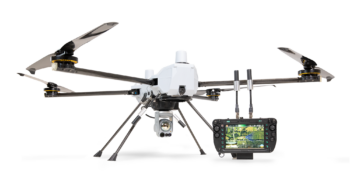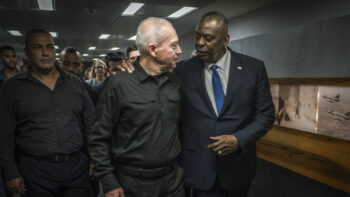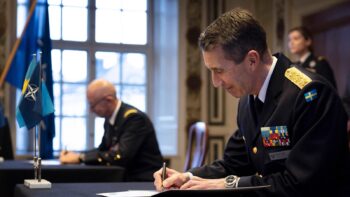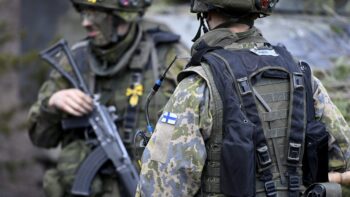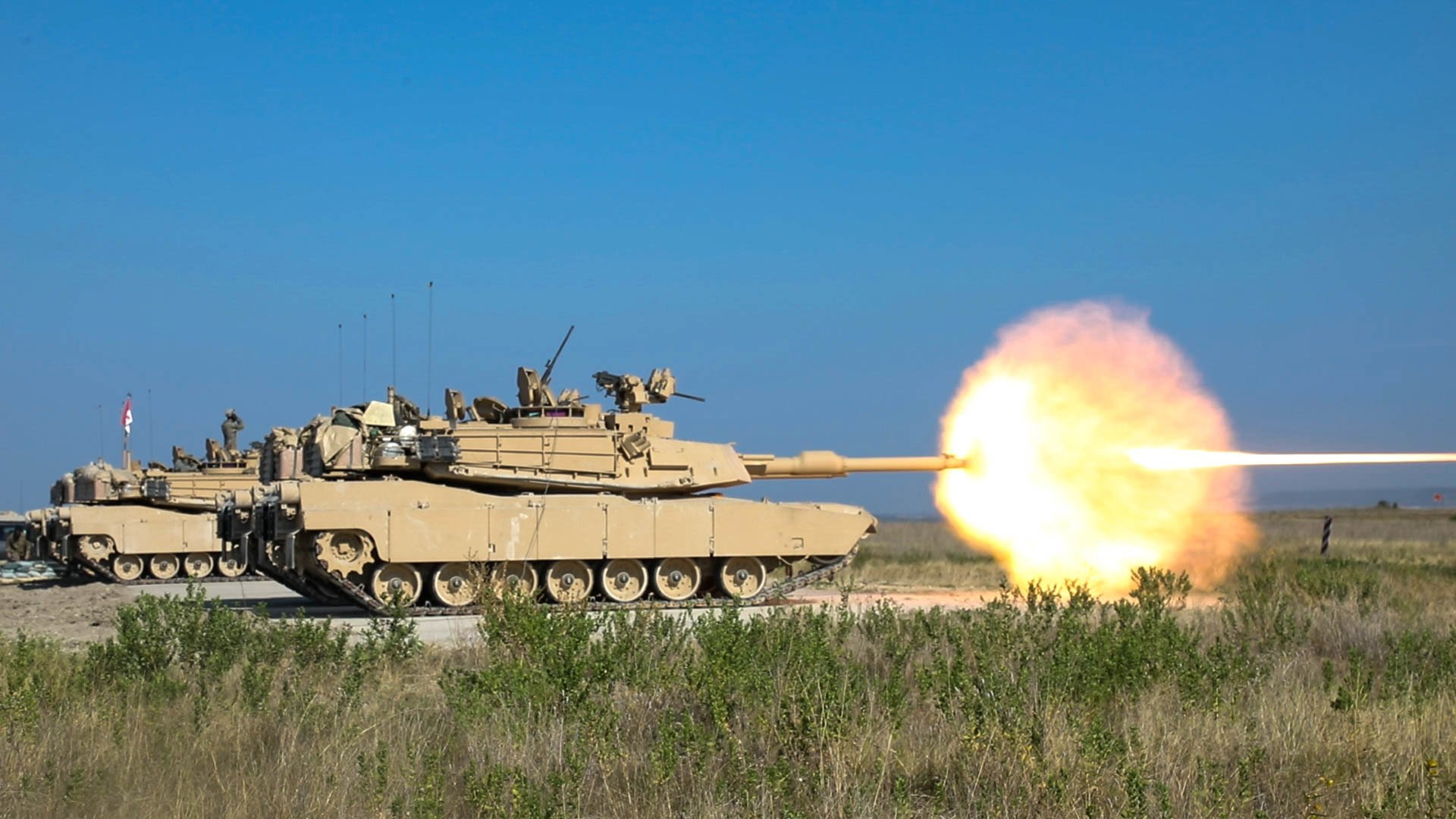
The US Army’s new M1A2 SEPV3 Abrams Main Battle Tank at Fort Hood, Texas, in August 2020. (Sgt. Calab Franklin/US Army)
AUSA 2023 — The Army is still fleshing out its M1 Abrams tank modernization plan, but the tentative strategy is to keep General Dynamics Land Systems as the prime contractor and open up “robust” competitions for subsystems, according to a top service official.
Since the service announced its decision last month to abandon Abrams System Enhancement Package version 4 (SEPv4) development, in favor of a more ambitious upgrade dubbed the M1E3 Abrams, specific details have been slow to emerge, in part, because the program manager is still crafting the new acquisition strategy, Army Under Secretary Gabe Camarillo told reporters Tuesday at the Association of the United States Army conference in Washington, DC.
“It’s an engineering change proposal which, in acquisition speak, is a modification of an existing program. So, it will continue to be a sole-source award to General Dynamics Land Systems,” Camarillo explained.
“Think about all the components that go into the tank. … Beyond just the chassis and the turret, there are obviously subsystems like the powertrain, the transmission unit, the protection systems, everything else that goes into it,” he later added. “So, you can probably expect to see as the [program manager] comes out with the acquisition strategy, a lot of competition investments.”
While those details get sorted out, the service officials have noted that they want a M1E3 Abrams that is lighter, but with better survivability and a logistics footprint. Maintenance and weight concerns are nothing new, but recently released Army Science Board report dated August 2023 inks out dire concerns about the Army’s ground combat vehicle portfolio, including the Abrams line.
The board, tasked with providing the service with advice and recommendations on a host of technology and business-related topics, reports that the Army must make a $3 billion to $4 billion armor technology modernization investment “now” or “risk mission success in close combat on the 2040 battlefield.
“Regardless of the theater of operations, the lack of an overmatching [main battle tank] capability jeopardizes Army mission success,” the board wrote.
“All of the M1’s advantages in mobility, firepower and protection are at risk,” it later added. “The M1A2 SEP V3&4 upgrades will improve effectiveness but will not restore dominance.”
Camarillo said that report helped compel Army leaders to pivot to the M1E3 and address gaps identified in that report.
“That said, I don’t want to leave you with the impression that our current Abrams tank is not the absolute best tank in the world,” he said. “It is very effective, not just against the range of threats that we see today, but even as they’re emerging, what we want to do is make sure that we are staying ahead of that curve.”
But the M1 Abrams fleet is not the only combat vehicle for which the Army Science Board cited potential challenges. It noted that the service’s armored brigade combat teams are “getting much heavier” now that the new Armored Multi-Purpose Vehicle (AMPVs) that weigh 40 tons are replacing the about 12-ton M113 armored personnel carriers. The future XM30 could tip the scales somewhere between 40 to 55 tons, which is a leap from the legacy Bradley fighting vehicle that weighs in around 27 tons.
Sending those heavier vehicles to the Indo-Pacific is more “difficult” than Europe, the report notes.
“Further, fewer pre-deployment opportunities and fewer ports to support sealift of an armored force are available in the Indo-Pacific than in Europe,” the board adds. “The Indo-Pacific theater has the potential to fundamentally change the requirements for combat vehicles.”
While the Army has not yet rolled out additional changes to its combat vehicle portfolio, Army Futures Command head Gen. James Rainey has been working on a new operating concept that is now with senior leaders. In a recent interview with Breaking Defense, the four-star general said that concept should be in the field within the next year and will drive material changes.
Although plans have not been finalized, Rainey contends that the Army’s heavier formations need to lighten up.

















